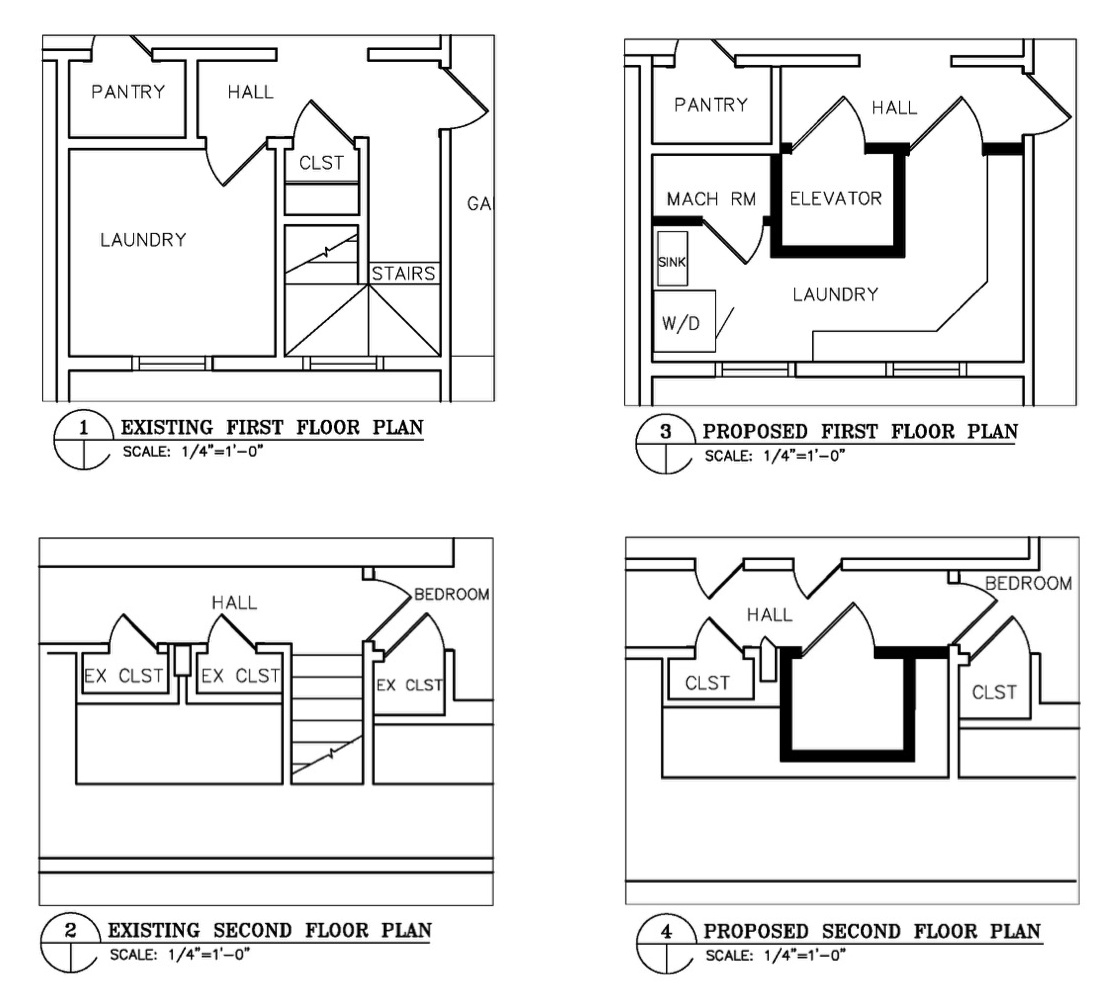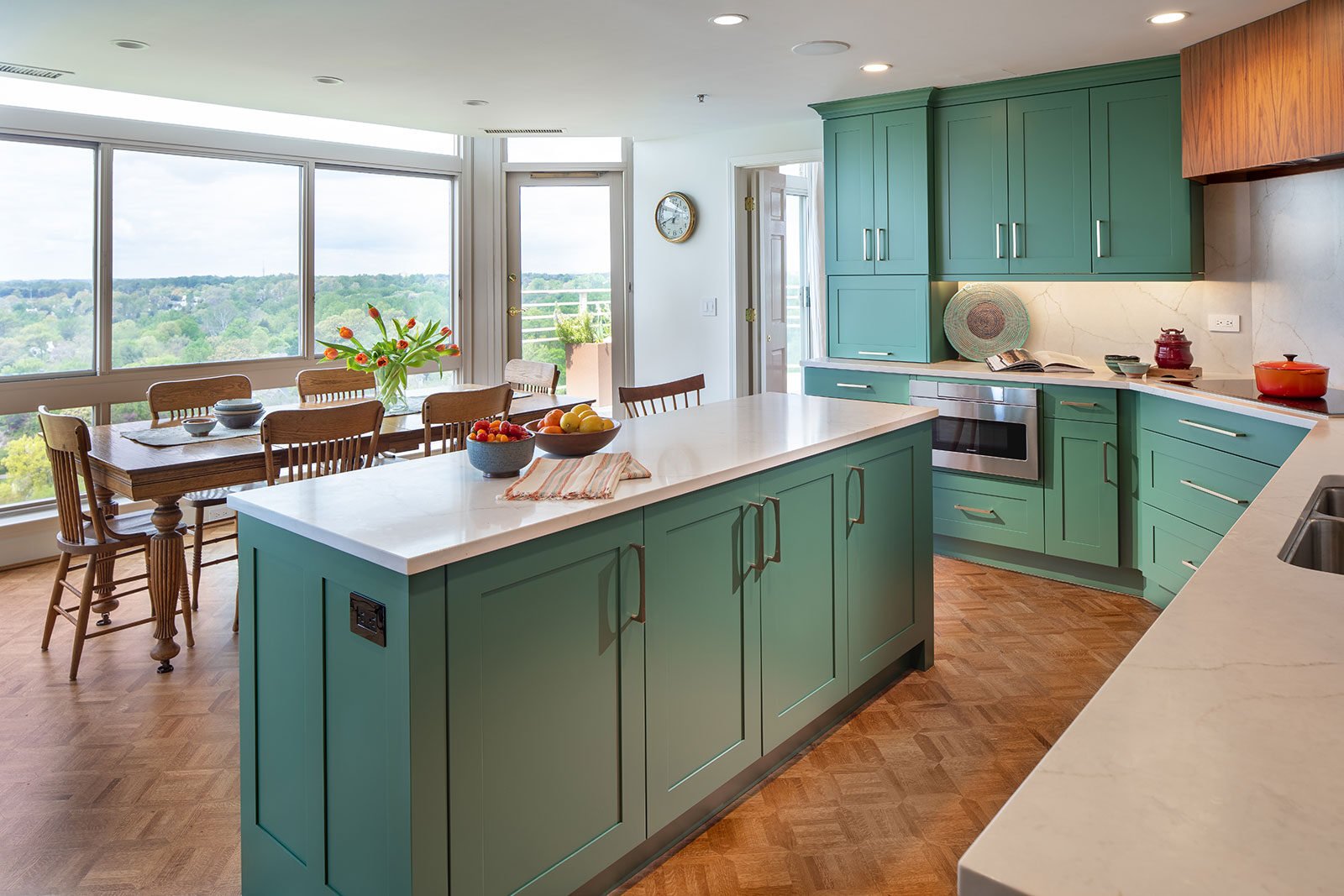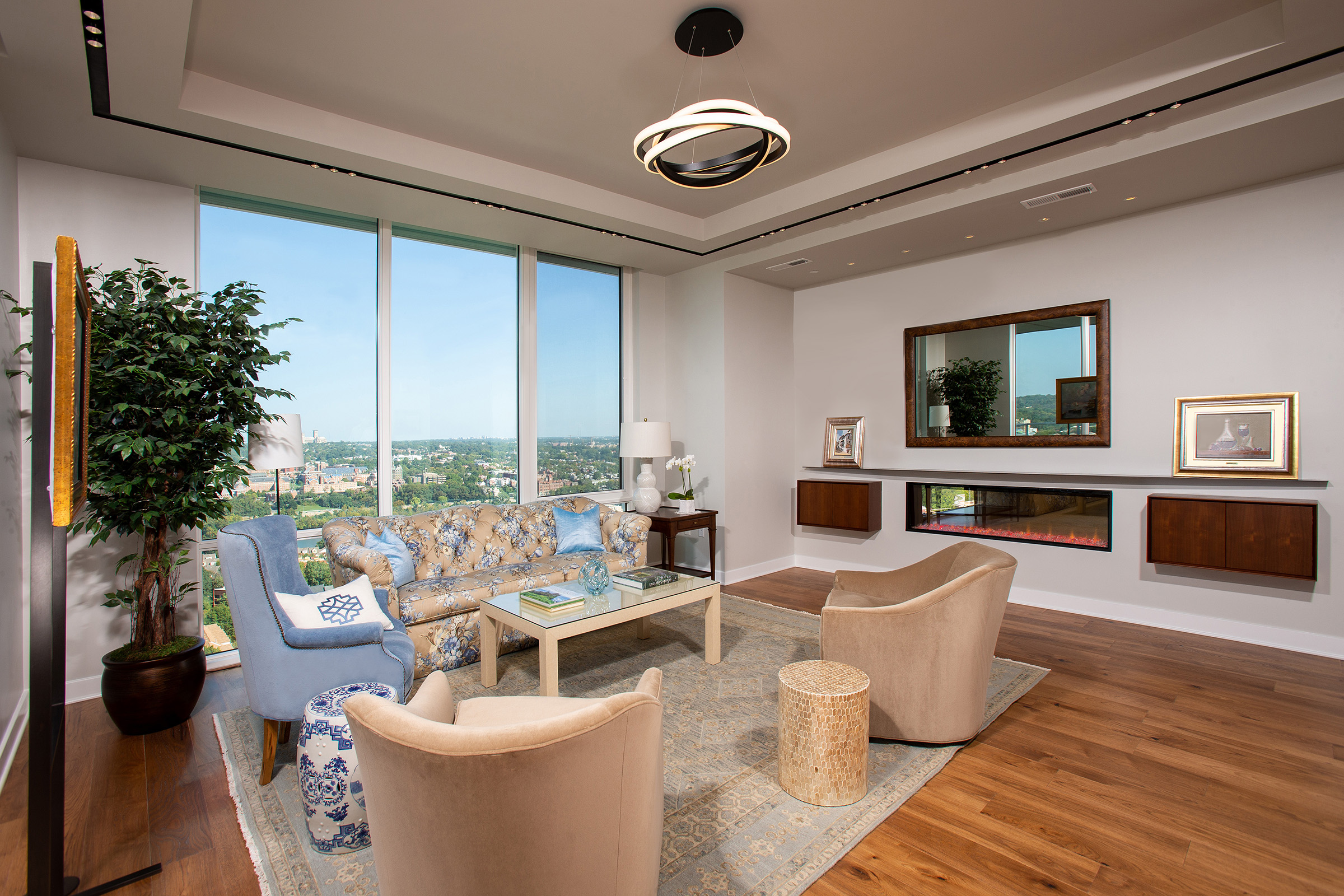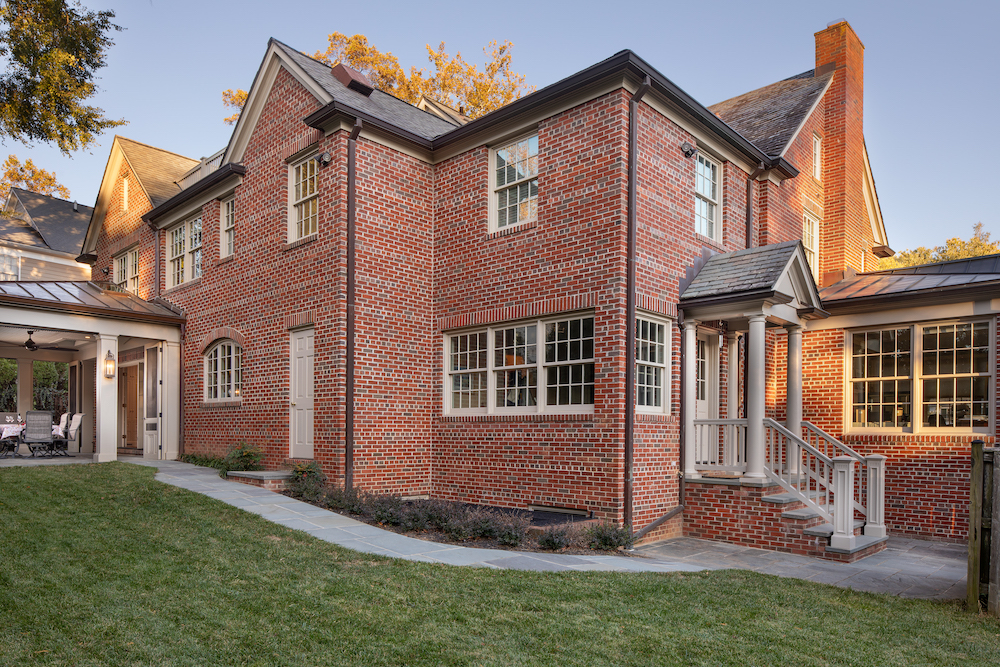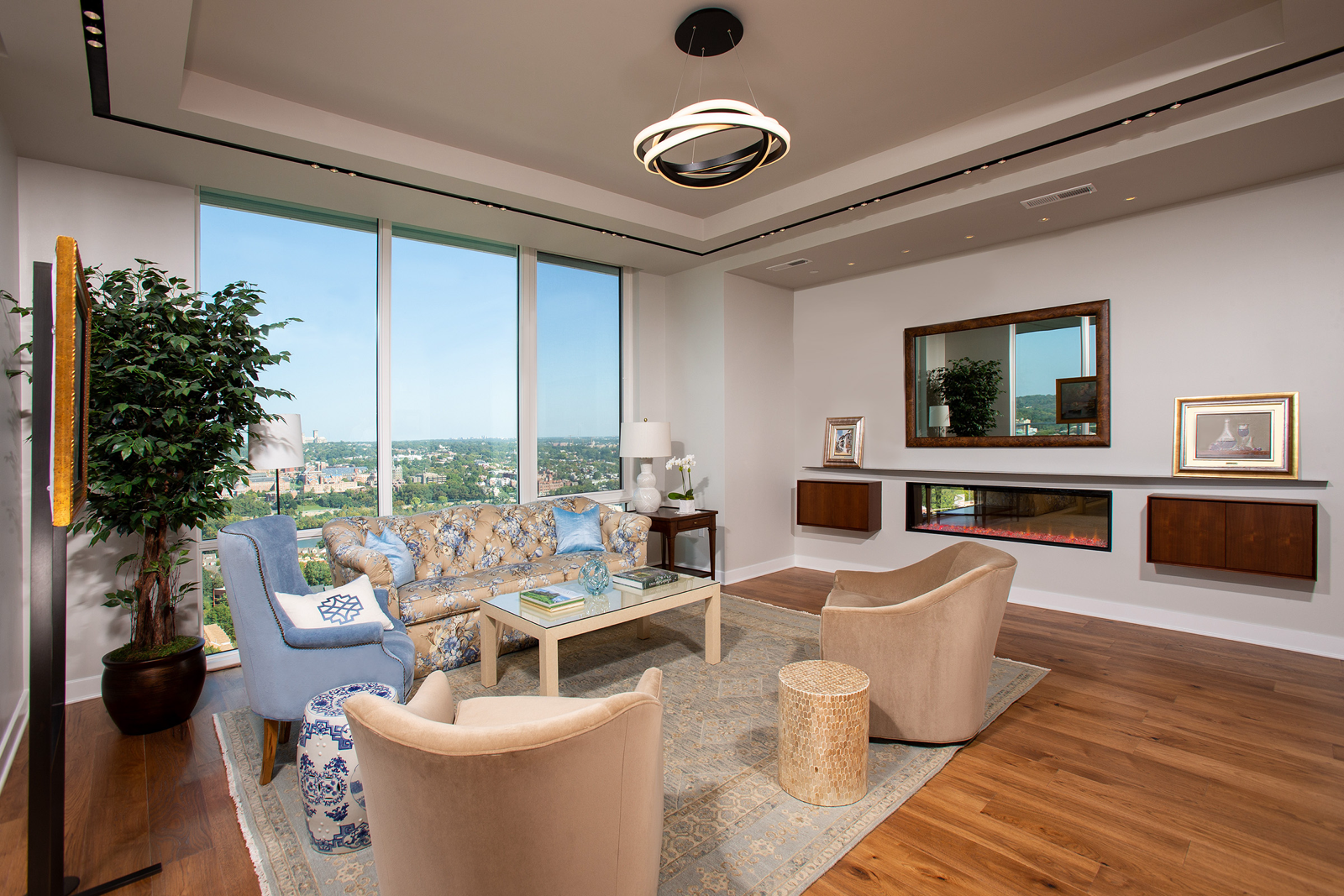Contents
Introduction
There are some great things about growing older — more time to spend as you please, grandparenting can be much more fun than parenting, and what’s not to love about a nice senior discount?
As we age, the elements of our homes that worked for us when we were young, create risks as our physical capabilities decline. When homeowners don’t address these gaps in anticipation of their future needs, the home can become downright dangerous for you and your friends. Aging in place is also important for maintaining relationships in your community. What’s more, it makes getting help and support as you age much easier.
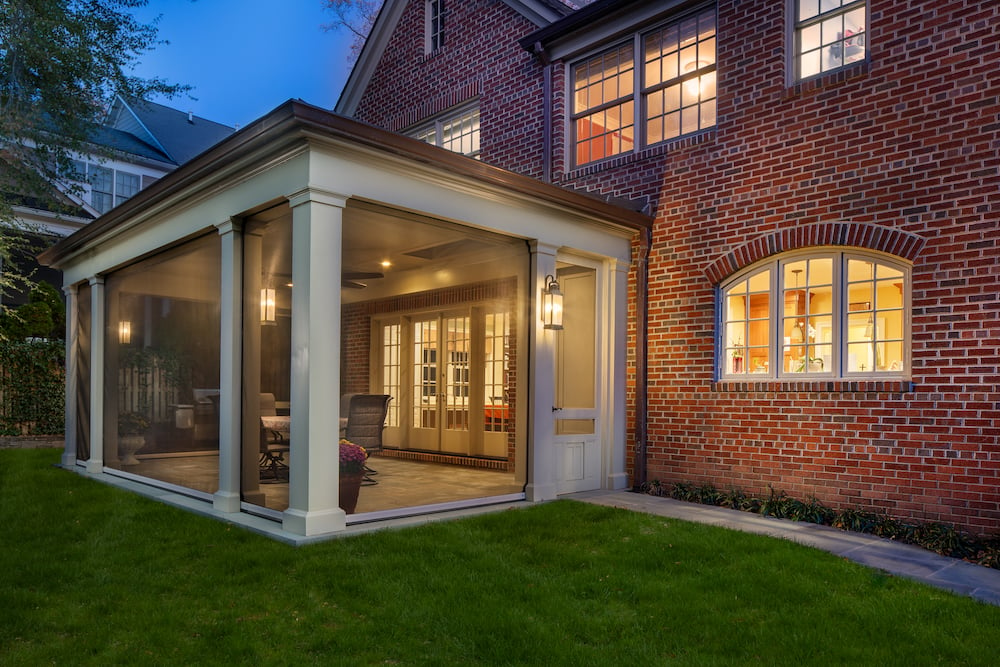
Admitting to the limitations that come with age is not easy. But it is much better to consider your options while you are in a position to make choices for yourself. Your independence is important, and creating a living environment that will work for you well into the future — that’s what aging in place is all about.
Renovating and redesigning a home that works for you instead of against you, aging with dignity and grace is the result. But what are the steps to take now to age in place with style, comfort and safety?
What Is Aging in Place?
Aging in place is basically providing yourself with the ability to grow old on your own terms. Instead of sustaining an injury because of an unsafe home, or having others decide where you live out your years, take charge and make a home that can be lived in for the rest of your life.
Aging in place renovations can be as small as installing grab bars in a bathroom, right up to a fully ADA compliant, fully wheelchair accessible home. Most aging in place renovations fall somewhere between, using universal design principles to make a home safe and easy to navigate for a wide range of abilities.
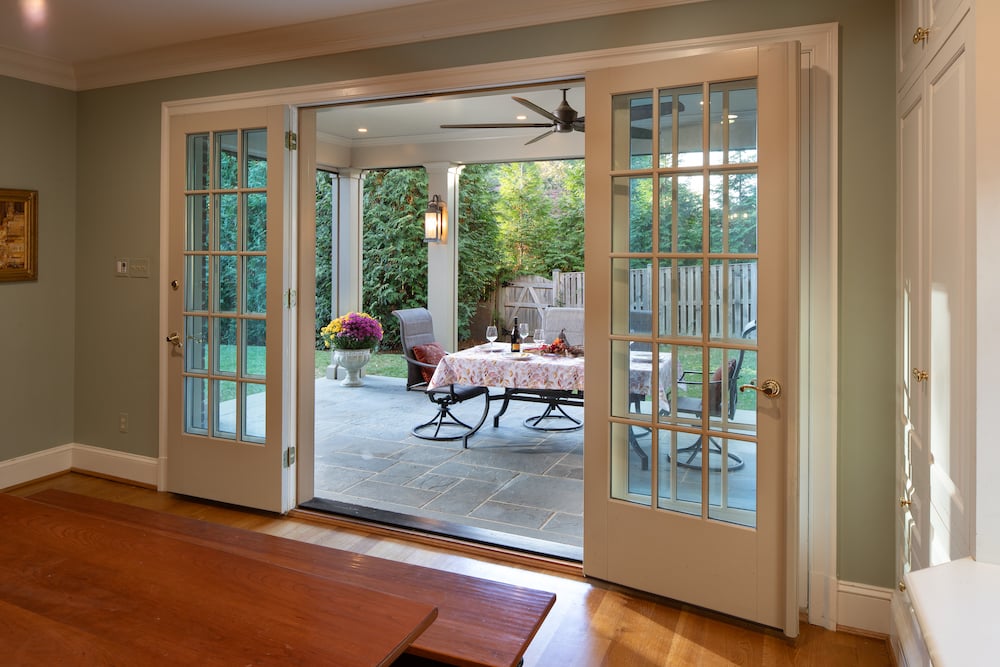
Do you need to have a certain style of home in order for aging in place to work? No, there are definitely options. You might choose to renovate a two story home and install an elevator, or renovate the first floor with a new bedroom and full bathroom. It is also possible to move into and renovate a condominium or ranch style home for safe, one-level living.
The main thing is to have a bedroom, bathroom, living spaces, and kitchen comfortably accessible for the foreseeable future.
Aging in Place with Style
Does this kind of renovation mean sacrificing your personal style? Some feel that this is an either/or decision. Not at all! Here are a few examples of modifications that might help you to”age in place with style” in a two-story home.
Install an Elevator
An elevator can be an elegant solution to keeping a two story home. It allows easy access to all rooms in the home. We assisted one client design a back staircase elevator and shaft. An elevator helps homeowners navigate the home with much less difficulty.
Homeowners with multi-level homes need ways to access each level. With an elevator installed, there are other aging in place requirements, like a minimum width of doorways for easier maneuverability.
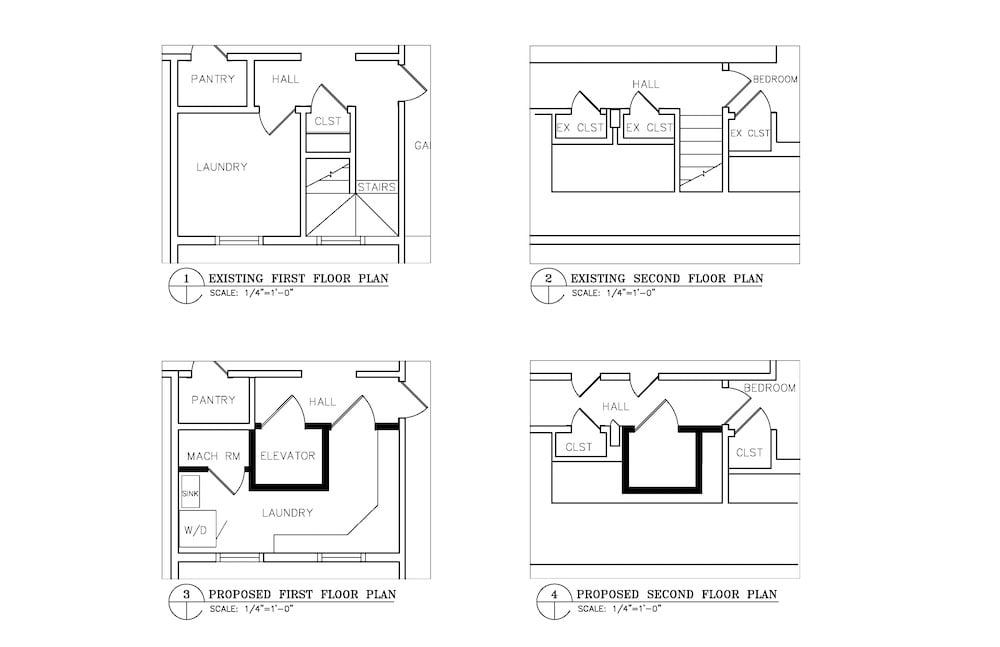
This design shows a secondary staircase at the rear of the home being replaced by an elevator shaft.
Install a Stairlift
Installing a stairlift in a two-story home could provide a simple way to navigate safely from one floor to the other. However, some are reluctant to make this change for aesthetic reasons, since the hardware mounted on the stairs and can mask the beauty of the main staircase.
Convert a First Floor Room to a Bedroom
Converting a first floor room into a master suite is another approach. Often, there is a room on the first floor, like an underused formal living or dining room, that can be repurposed. An addition may also be considered to create a first-floor primary bedroom suite.
In a ranch-style home, there will be fewer modifications to make. If you’ve had a basement-level laundry up to this point, it might be time to make space for a laundry room on the main floor.
Whatever renovations are considered, a certain level of elegance is required to allow your personal style to shine through. Making thoughtful changes to your home will allow you to remain in the home as long as possible.
The great thing about a renovation for aging in place is aesthetic choices can be made that resonate with your personal style.
Complete the form to download your free copy of this ebook.
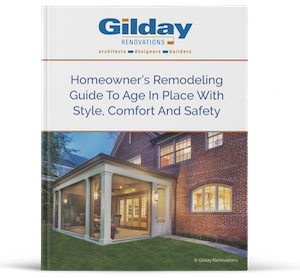
Aging in Place with Comfort and Safety
It’s just a few steps up into a foyer, a laundry room from the garage, or a few steps down to the patio space from the French doors in back of your home. But navigating them is getting more and more difficult. Getting around the bathroom fixtures can become difficult. Aging can be physically and emotionally challenging. Redesigning your home for aging in place can alleviate much of that discomfort, creating a safer environment. Here are a few considerations around comfort and safety.
Universal Design
The concept of universal design is to make your environment easy to navigate for a wide range of abilities. Often, universal design makes life easier for everyone. Think of curb aprons at crosswalks or ramps into buildings like level entryways to grocery and big box stores. No more tripping over curbs or running a grocery cart over a curb for anyone. But universal design is not just for public spaces.
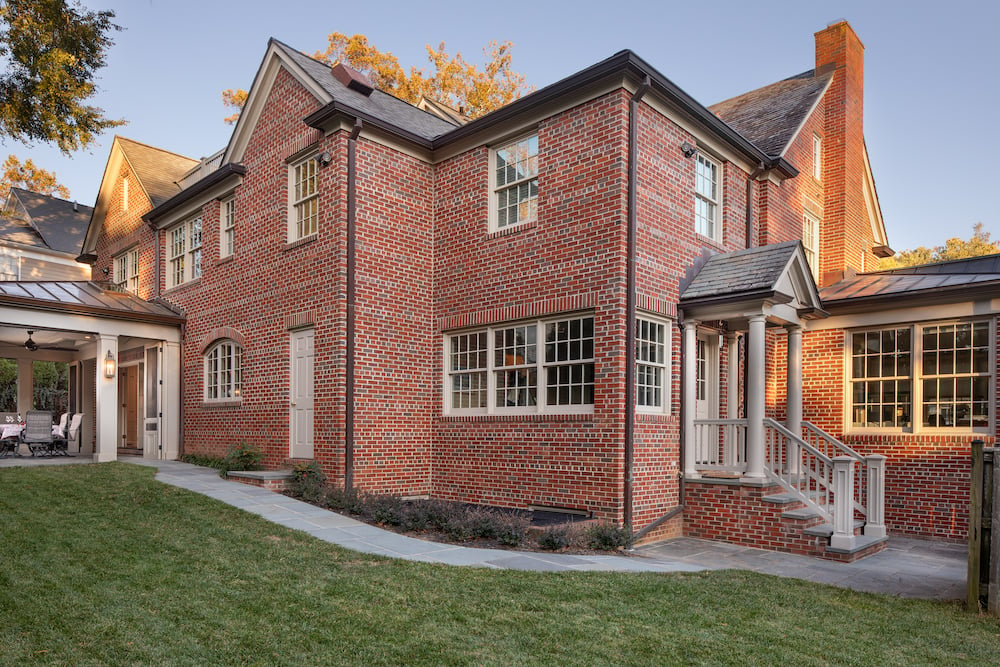
Universal design in the home can have a significant impact as well. The image above shows how a gently sloped walkway provides easy entry to the house via the screen porch and avoids five steps up to the mudroom entry. You could install pull-out drawers in kitchen and bathroom cabinets.
Some of us now opt for door levers instead of door knobs on interior and exterior doors. Instead of thick thresholds to trip over, universal design calls for low-profile transitions between rooms and between indoors and outdoor spaces.
Hallways and Doorways
Older DC-area homes tend to have narrower doors than what are standard in modern construction. That can become a problem, especially for the use of walkers and wheelchairs. Often doorways in older homes are a maximum of 2’ 6”. And that is before trimwork. By the time molding is added your fingers can get pinched trying to roll a wheelchair through the door. Doorways made at 2’ 10” will ensure that if wheelchairs or walkers become a part of everyday life, your home can accommodate them.
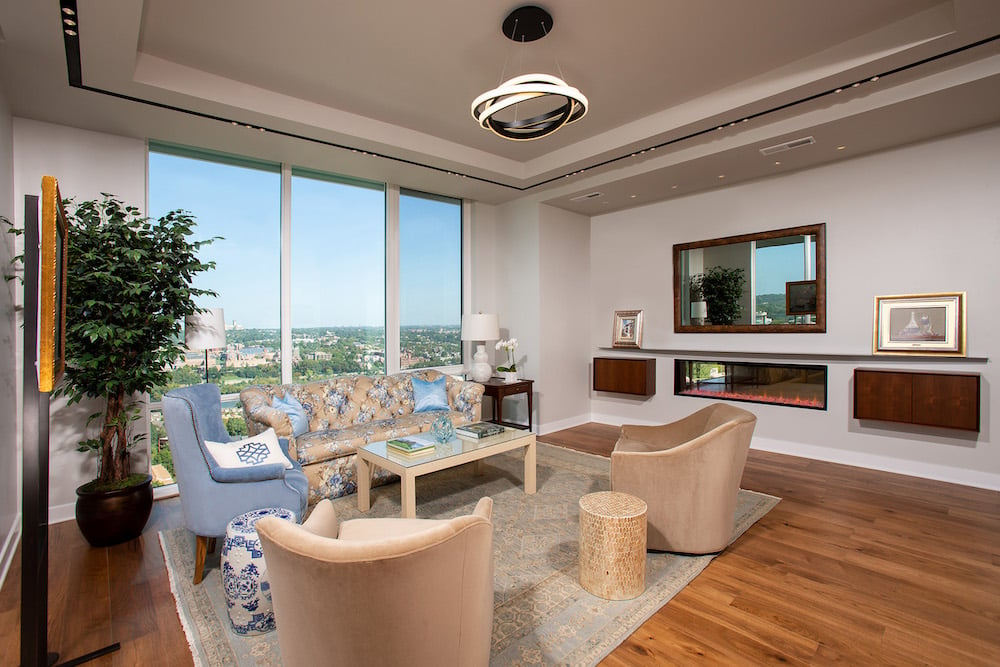
Bathroom
In a bathroom, grab bars are often added near the shower and toilet. Additional improvements could be a curbless shower, and a comfort-height toilet. This is a toilet set at a higher level to make getting up and down from a sitting position easier. You might also want to install wall-hung sinks for easy wheelchair access.
Staying On-Grid
One safety feature you might not think about is a generator. Keeping electricity flowing becomes more and more important as we age. From keeping the indoor temperatures comfortable in summer and winter, to staying in communication with family, neighbors, and emergency personnel, and also keeping the lights on, we rely on electricity for so much. Installing a generator means you have power no matter what is happening with the grid, including powering medical devices that are required for safe living.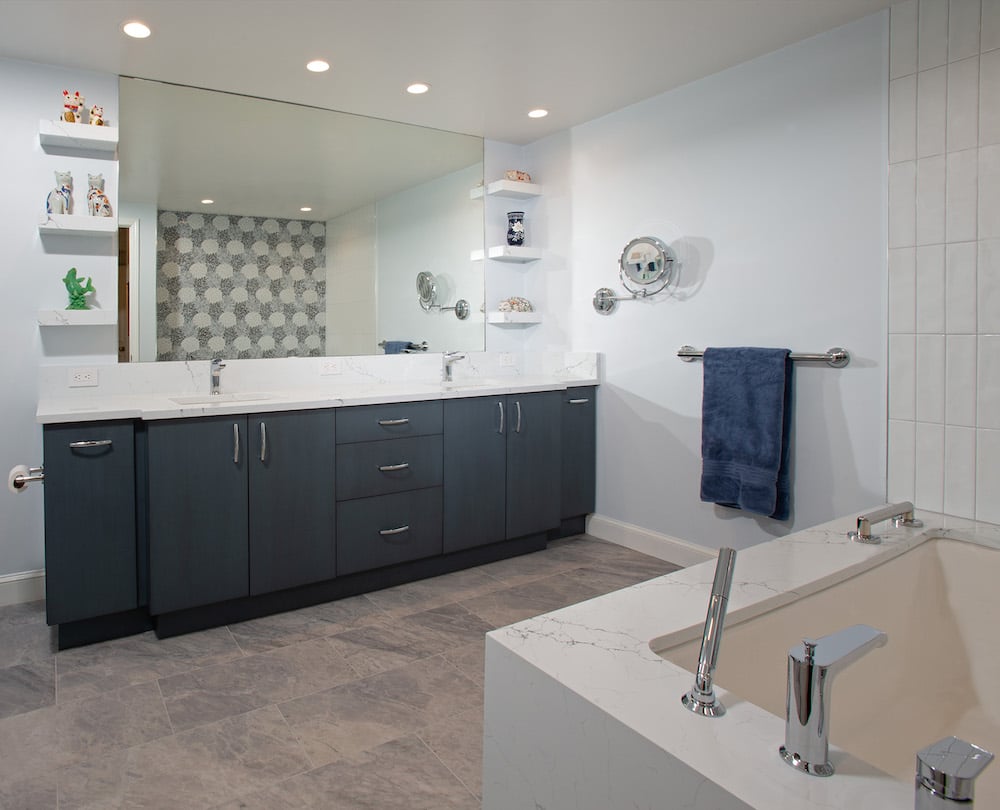
Putting It All Together for Aging in Place
Deciding where to live as you age is not a one-size-fits-all proposition. For some, a 55+ community makes great sense. For others, a retirement community where transition to different levels of care is ideal — you have a built-in community of people around, new friends to make, and care available when you need it.
For many, though, aging in place in the house long called home is the ideal. But how to find the best home renovation partner? Projects can be completed a little bit at a time. You might hire someone to install ramps from the front doorway to the driveway level, and someone else to install grab bars in the bathroom.
A piecemeal approach can be workable, but it can be helpful to hire a design-build company that specializes and has experience with aging in place. A piecemeal approach is not as likely to get the results needed.
Does that mean doing one big renovation for aging in place? Not necessarily. Planning a project in stages is not the same thing as hiring for one small project and then hiring someone else for the next.
So whether choosing to make aging in place changes all at once or over a period of time, working from a master plan with one design-build firm is the ideal scenario. By hiring a design-build firm you get one stop shopping for a complete solution in your home which is customized to your needs.
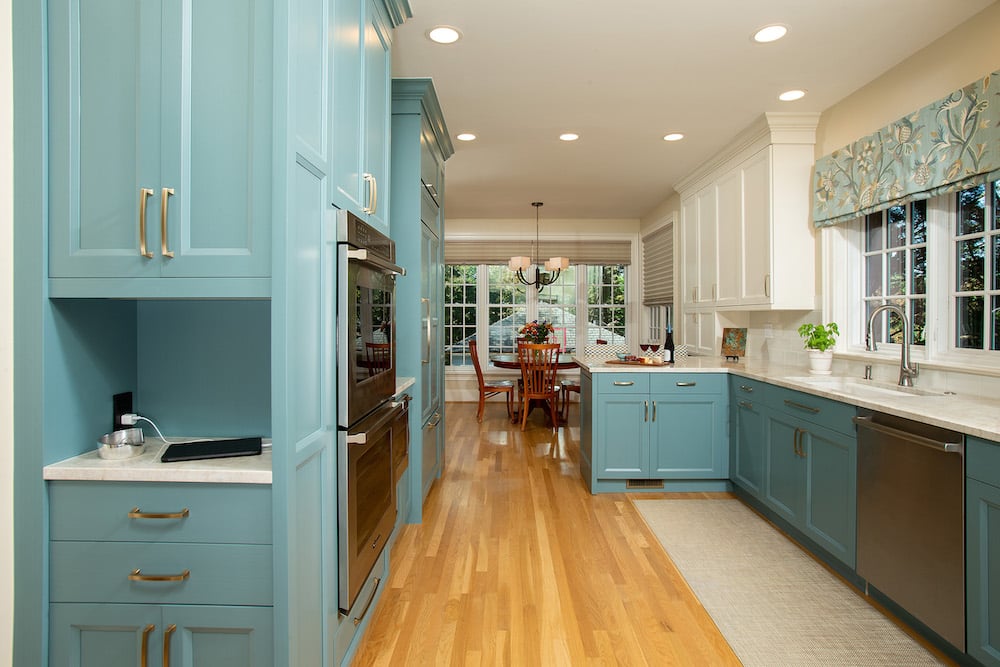
How Do I Get Started on an Aging in Place Renovation?
Choose a design-build firm with experience in renovation for aging in place. With decades of experience, we at Gilday Renovations have carpenters and designers on staff so modifications needed for aging in place fit into your home just like any other well-executed remodeling project.
When working with Gilday Renovations, you will be working with a team of experienced professionals who are committed to delivering the home of your dreams. Our team works together — architects, designers, project managers, and carpenters to deliver aging in place solutions specific to your needs, your style, and your home.
Often, whatever the renovation plan, there are implementation details that require other changes in the home, like a dormer or an addition. We want to provide you a home that is stylish, comfortable, and safe, while protecting the future resale value. These accessibility features will be attractive to a wide range of buyers, from those looking for multigenerational living, to families with small children.
From the very beginning of the project, you will be working with a principal of the company. This person will be your main point of contact and will be responsible for answering your questions, finalizing designs, and ensuring that your renovation goals are aligned with the scope of the project.
Once construction begins, your principal will remain available to assist you, but your day-to-day contact will be with our experienced designers and project managers. These team members have worked together on multiple projects, so they understand how to communicate and work together effectively. This is the integrated process that we are known for.
Nothing is neglected or left to chance with our comprehensive design-build approach. Everyone on our team is committed to the same high standards.
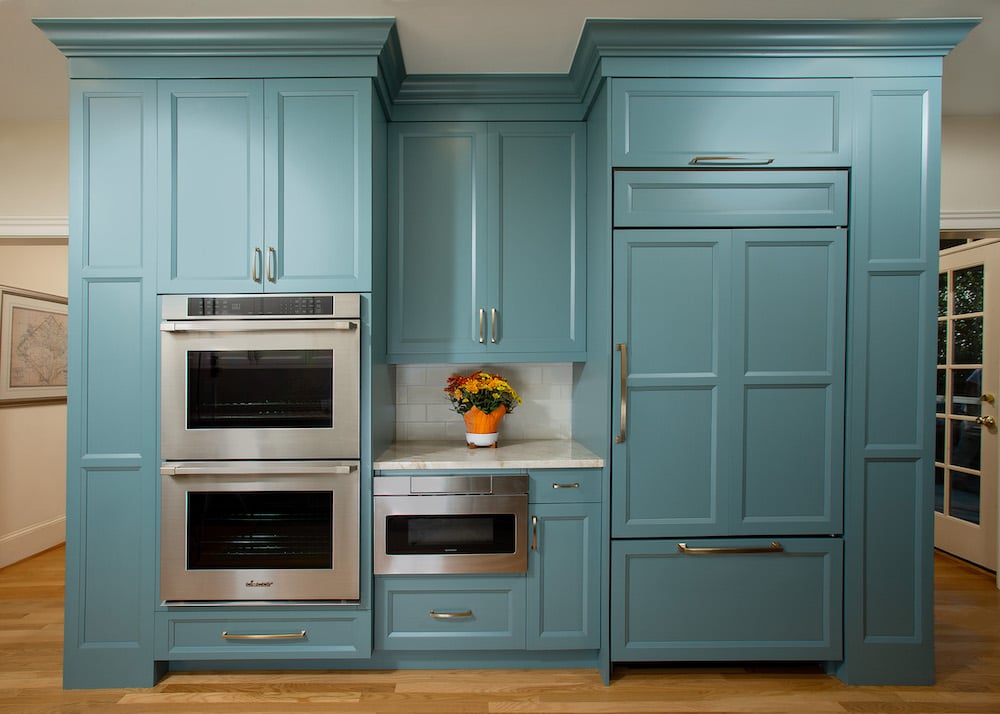
Here are just a few of the benefits of working with Gilday Renovations:
• A team of experienced professionals who are committed to your satisfaction.
• A comprehensive design-build approach that ensures that your project is completed on time and on budget.
• A company that understands the importance of communication and collaboration: We work seamlessly with our team members to deliver your dream home.
• A building partner committed to the least disruption to your life during the renovation process.
Complete the form to download your free copy of this ebook.

Ready to get started on the next step of your renovation project? Schedule a free project discovery session with us today.


